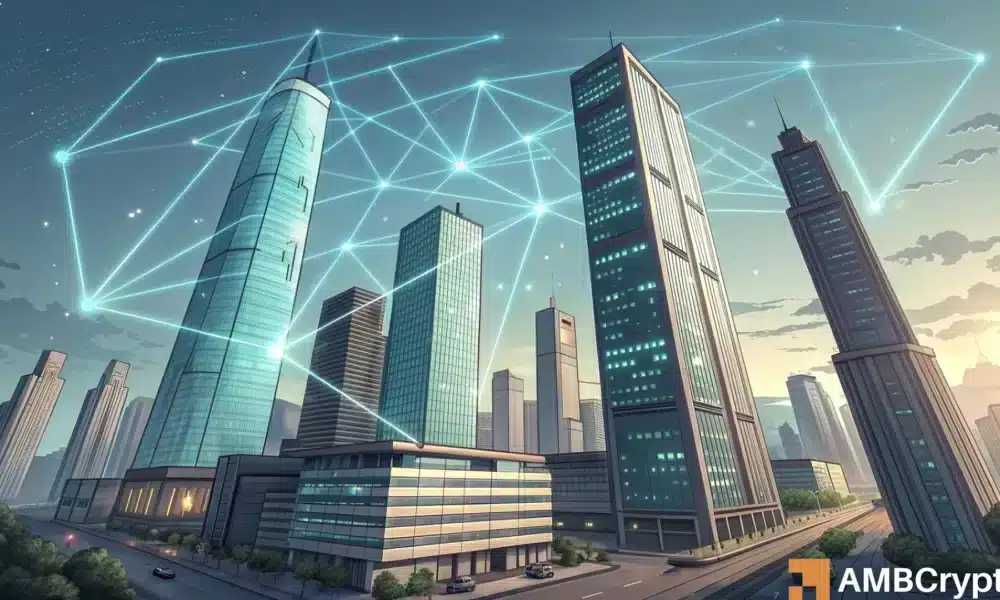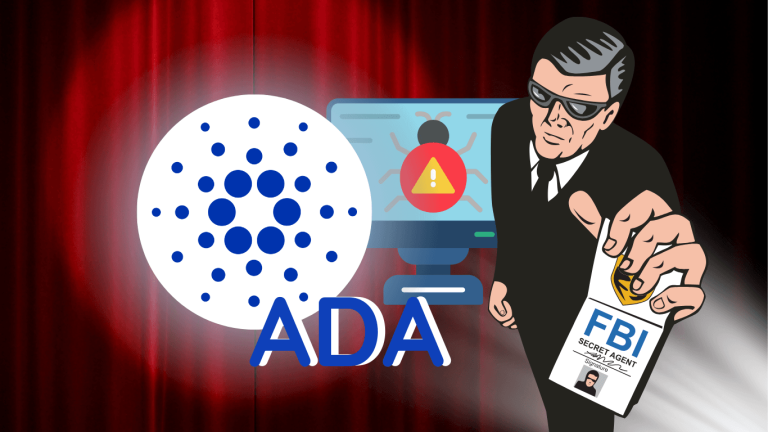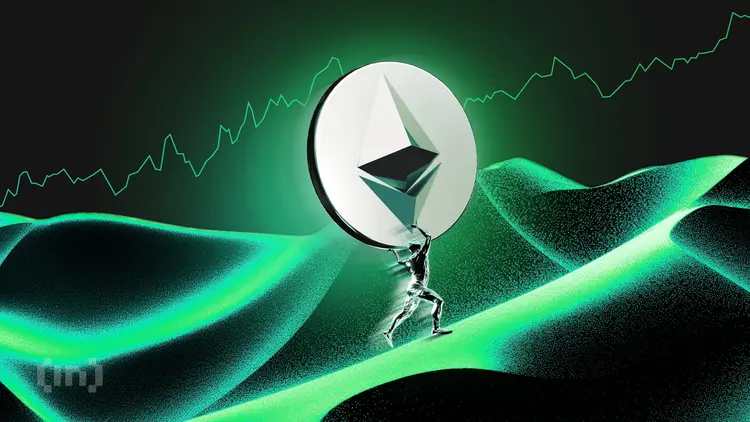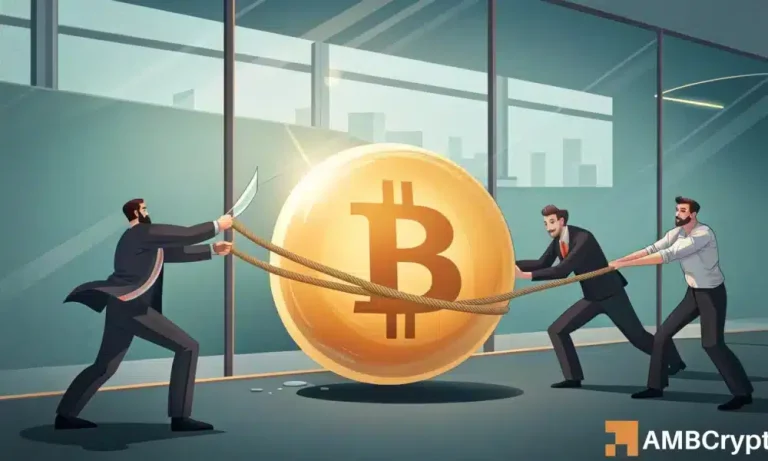
The world of finance is undergoing a seismic shift, and tokenization lies at its core. Tokenization of real-world assets (RWAs) is evolving from a mere buzzword to a fundamental pillar of modern banking infrastructure. Projected to grow from $0.6 trillion in 2025 to an astounding $19 trillion by 2033, this trend is more than just hype—it’s a game-changer for global financial institutions.
What is Tokenization?
Tokenization is the process of converting real-world assets, such as bonds, real estate, or credit products, into digital tokens that reside on a blockchain. By doing so, these assets become easier to trade, settle, and manage, eliminating the inefficiencies of traditional finance. This programmable infrastructure offers groundbreaking capabilities, streamlining transactions, reducing costs, and improving liquidity.
Why Are Banks Leading the Charge?
The financial giants of the world—Goldman Sachs, JPMorgan, Deutsche Bank, and others—have already entered the tokenization space, utilizing blockchain to transform their offerings. Unlike crypto trading and exchange-traded products (ETPs), tokenization presents an entirely new paradigm, leveraging blockchain for greater efficiency. With 83% of major firms now involved in digital assets, tokenization emerges as their long-term strategy for growth and relevance.
Benefits of Tokenization for Institutions
The advantages of tokenization are too significant to ignore:
- Faster Settlement Times: Transactions process within seconds or minutes instead of days, eliminating the need for intermediaries and manual checks.
- Fractional Ownership: Tokenized assets can be divided into smaller, tradeable units. For instance, rather than owning an entire property or bond, investors can own and trade smaller portions effortlessly.
- 24/7 Liquidity: Unlike traditional markets restricted by operating hours, blockchain-powered tokenized assets can trade round-the-clock on global platforms.
- Cost Reduction: Streamlining processes cuts administrative and operational costs substantially for institutions.
Banks are also keenly aware of the potential regulatory advantages. Improved transparency and compliance are built into blockchain systems, offering much-needed modernization for legacy frameworks.
Challenges on the Horizon
While the momentum is undeniable, tokenization isn’t without challenges. Interoperability remains a key issue; existing blockchain ecosystems and institutional systems often lack smooth communication. Additionally, governments and regulators are still navigating how tokenized assets fit within existing securities laws and compliance standards. Custody solutions for tokenized assets, blending security with operational usability, are also evolving to meet institutional needs.
The Future of Tokenization
The impact of tokenization extends beyond merely modernizing finance; it has the power to reshape global capital markets. Systems bound by jurisdictional and operational silos today could transition into a more unified, frictionless ecosystem tomorrow. Institutions that adapt early, solve interoperability issues, and offer compliant tokenized products will lead this revolution. Others will follow, inevitably catching up to avoid obsolescence.
As the shift continues, we can expect a widespread transformation of how investors interact with financial products, unlocking unprecedented efficiency and global accessibility. Banks and financial institutions are not merely adopting blockchain technologies; they are embedding them into the core of their operations—heralding a new digital-first age of finance.
Modern Finance Meets Technology: Explore the Possibilities
If you’re intrigued by the potential of tokenization, consider exploring financial platforms that integrate programmable infrastructures. For example, Goldman Sachs has been pioneering blockchain solutions for tokenized assets, making it a leader in this sphere.



